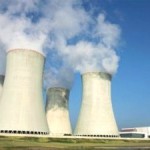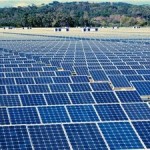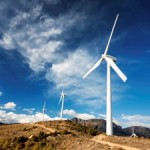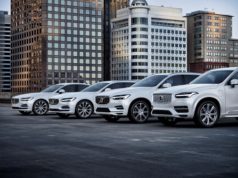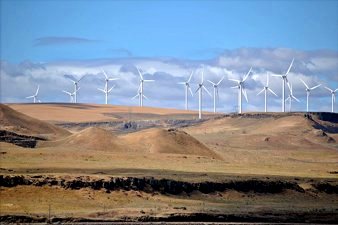
Washington – A major new analysis identifies many real-world examples where government policies and sustained technological progress in the United States are creating opportunities to reduce greenhouse gas emissions, while delivering net economic benefits.
Emerging technologies could help the United States achieve deeper emissions reductions even faster with targeted policy support, according to “Seeing Is Believing: Creating a New Climate Economy in the United States”, a study by World Resources Institute (WRI).
Seeing is Believing builds on the recently released report, “Better Climate, Better Growth: The New Climate Economy Report”, produced by the New Climate Economy, which found that global economic growth and tackling climate change can be achieved together. The new study provides additional insights by closely analyzing low-carbon actions, policies, and programs that are delivering economic benefits in the United States.
“These new studies provide a one-two punch that smart policies can drive growth and reduce emissions. Business leaders are waking up to this reality and it’s time for more U.S. elected officials to do the same,” said Andrew Steer, President and CEO, WRI. “From Texas to Iowa, more real-world success stories are emerging each day. We need to seize these opportunities to put America on a strong, low-carbon pathway.”
Seeing is Believing focuses on five areas of opportunity that combined account for over half of the United States’ carbon footprint:
- Reducing carbon intensity of electric generation
- Improving electric end-use efficiency
- Building cleaner, more fuel-efficient passenger vehicles
- Reducing waste from natural gas systems
- Reducing consumption of hydrofluorocarbons (HFCs)
Curbing emissions from these areas is critical to achieve the United States’ target to reduce greenhouse gas emissions 17 percent below 2005 levels by 2020 and go further in the years beyond.
“States, companies, and federal agencies have been demonstrating for years that there is much that can be done to reduce greenhouse gas emissions while providing net economic benefits to average Americans,” said Nicholas Bianco, Senior Associate at WRI and lead author of Seeing is Believing. “Now the question is whether the nation will build on that success by scaling up its investment in low-carbon technologies that save money. The right policy environment will be vital to fully realize this opportunity.”
Following are a few of the key findings:
Power Generation
- New natural gas-fired power plants already cost between 19 to 44 percent less than new coal-fired power plants.
- In many states and regions, renewable energy is becoming cheaper than building new coal plants. Renewable energy is even cheaper than natural gas plants in some parts of the country.
- Increased renewable energy generation has the potential to save American ratepayers tens of billions of dollars a year over the current mix of electric power options amounting to savings of $83-241 per person per year, according to studies by Synapse Energy Economics and the National Renewable Energy Laboratory.
Electricity Consumption
- Many major appliances are 50 to 80% more efficient than they were just a few decades ago – saving consumers billions in energy savings and reducing emissions.
- Utilities can procure energy efficiency at one-half to one-third the cost of new electricity generation.
- State energy efficiency programs regularly save customers $2 for every $1 invested, and in some cases up to $5.
Passenger Vehicles
 Since the implementation of federal fuel economy and CO2 standards for cars and light-duty trucks, the number of vehicles with a fuel economy of 40 miles per gallon or more has increased seven-fold.
Since the implementation of federal fuel economy and CO2 standards for cars and light-duty trucks, the number of vehicles with a fuel economy of 40 miles per gallon or more has increased seven-fold.- By 2025, vehicles will be roughly twice as efficient as those sold today while saving owners $3,400 to $5,000 over their vehicle’s lifetime.
- Battery prices for electric vehicles have fallen by 40 percent since 2010. Long-range electric vehicles may become cost competitive with internal-combustion-engine vehicles by the early 2020s, even without federal tax incentives.


